Changing Terms & Conditions
by Daniel Barnett

The Employment Law Library
All books in the Employment Law Library are sent for free to members of the HR Inner Circle.
(www.hrinnercircle.co.uk)
- Employee Investigations
- GDPR for HR Professionals
- Preventing and Defending Employee
Stress Claims - Employment Tribunal Time Limits
- Deconstructing TUPE
- Changing terms and conditions
Forthcoming:
Common Employment Law Problems
Shared Parental Leave
Constructive Dismissal
Published by Employment Law Services Limited, Unit 3, Chequers Farm, Chequers Lane, Watford, Hertfordshire WD25 0LG
Whilst the publishers and the authors have taken every care in preparing the material included in this work, any statements made as to the legal or other implications of particular transactions are made in good faith purely for general guidance and cannot be regarded as a substitute for professional advice. Any liability is limited to the purchase value of this book or 100, whichever is the greater.
Employment Law Services Ltd 2020. All rights reserved.
ISBN 978-0-9553886-8-2
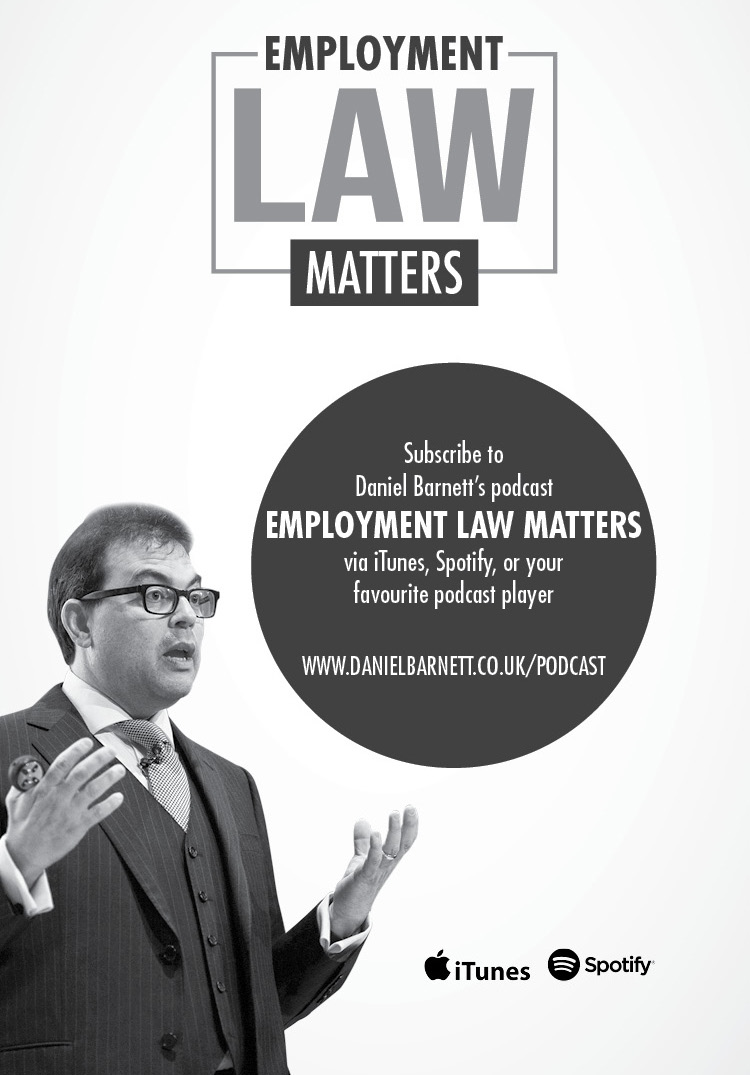
About the Author
 Daniel Barnett is a leading employment law barrister practising from Outer Temple Chambers.
Daniel Barnett is a leading employment law barrister practising from Outer Temple Chambers.
With 25 years experience defending public and private sector employers against employment claims, he has represented a Royal Family, several international airlines, FTSE-100 companies and various NHS Trusts and local authorities. Employee clients include David and Victoria Beckhams nanny and Paul Mason (subject of the ITV documentary Britains Fattest Man).
Daniel is a past chair of the Employment Lawyers Associations publishing committee and electronic services working party. He is the author or co-author of eight books, including the Law Society Handbook on Employment Law (currently in its 7 th edition). He is the creator of the Employment Law (UK) mailing list, an email bulletin service sending details of breaking news in employment law three times a week to 25,000 recipients.
Legal directories describe him as extremely knowledgeable and [he] can absorb pages of instructions at lightning speed, involved in a number of highly contentious matters, singled out for his work for large blue-chip companies, combination of in-depth legal knowledge, pragmatism, quick response times and approachability, inexhaustible, tenacious, knowledgeable, and an excellent advocate.
He is one of the leading speakers and trainers on the employment law and HR circuit. He has presented seminars for the House of Commons, the BBC, the University of Oxford, HSBC, Barclays Bank, Ocado, and dozens of other organisations in-house. In 2013, 2014, 2016, and 2019 he designed and was the sole speaker at the Employment Law MasterClass national tour.
As well as full-time practice as a barrister and speaker, Daniel is the founder of the HR Inner Circle a membership club for smart, ambitious HR Professionals. In 2007, he co-founded CPD Webinars Ltd, then the UKs leading webinar training company for lawyers, and sold it to Thomson Reuters in 2011.
Daniel is widely sought after as a commentator in both broadcast and print media on all legal issues. Since 2010 he has presented the Legal Hour on LBC Radio.
www.danielbarnett.co.uk
Outer Temple Chambers
Strand, London
Acknowledgments
Thanks to Carina Phillips for her help with the content, Eugenie Verney for editing, Jennie Hargrove for general help and assistance, and Tincuta Moscaliuc for her fantastic work on cover design and internal layout.
Daniel Barnett
Spring 2020
Introduction
I was recently asked for my best tip for someone starting out in HR. It was a tough one, but I went for this: write everything down.
Im not sure it was quite what they were expecting, but I think its really sound advice. Believe me, not putting things in writing has been the downfall of many an employer.
Documents are the backbone of good practice, smoothly-run workplaces, and well-defended tribunal claims. They can be as straightforward as jotted-down notes of meetings and succinct bullet points outlining thought processes and proposed action. Underpinning all of this is the standard paperwork that should be at the heart of every organisation: a great set of workplace policies to guide behaviours and decisions, and contracts that bring structure and certainty to the employment relationship.
In this book, Ill look at how employers can get to the point of having those protections and they are protections, not just formalities in place. From getting new employees on board and signed up, to updating longstanding employment contracts and policies, its a cradle-to-grave workplace process that takes careful management.
Part 1
Hiring
CHAPTER 1
Getting off to the right start
B eginning on the right terms with a new employee makes everything so much easier in the long run.
This actually begins long before someone becomes your employee. While recruiting, you will be thinking about the basis on which you will employ the successful candidate. What is the role? Where is it based? What are the hours? Whats the salary? These and other terms and conditions of employment, and perhaps even the first version of the employment contract, should be mapped out early on probably from the point at which you identify a need to recruit.
The contractual process
The contractual process begins when you make a job offer. You might choose to do that verbally, initially at least. However, bear in mind that you are opening negotiations. The things you say during that conversation representations about the basis on which you would employ the person will have a significant bearing not just on whether or not they will accept the job, but also perhaps on the outcome of a dispute later on about what was agreed.
That is why clear, written, terms are always preferable. By all means, have that initial telephone conversation (its often the natural thing to do), but follow it up with a letter or email. The terms set out in a written offer do not have to replicate the contract you will go on to issue, but should cover the main aspects. These typically include job title, salary, place of work, and proposed start date. How much to cover is a decision for you, and will likely depend on the role and the wider circumstances.
If the candidate accepts your offer as originally put to them, or as tweaked via negotiations, you are both legally bound by the agreement you have reached. Either one of you could enforce it against the other, and it can be difficult to extricate yourself from it. So its not only important to get the terms of the offer right legally, financially, practically but to make sure that you both understand what the offer means and the consequences that flow from a done deal.
What are you committing to? What are you asking them to agree to? Is it fair? Does it work? Are your business interests safeguarded? Have you covered everything you need to?
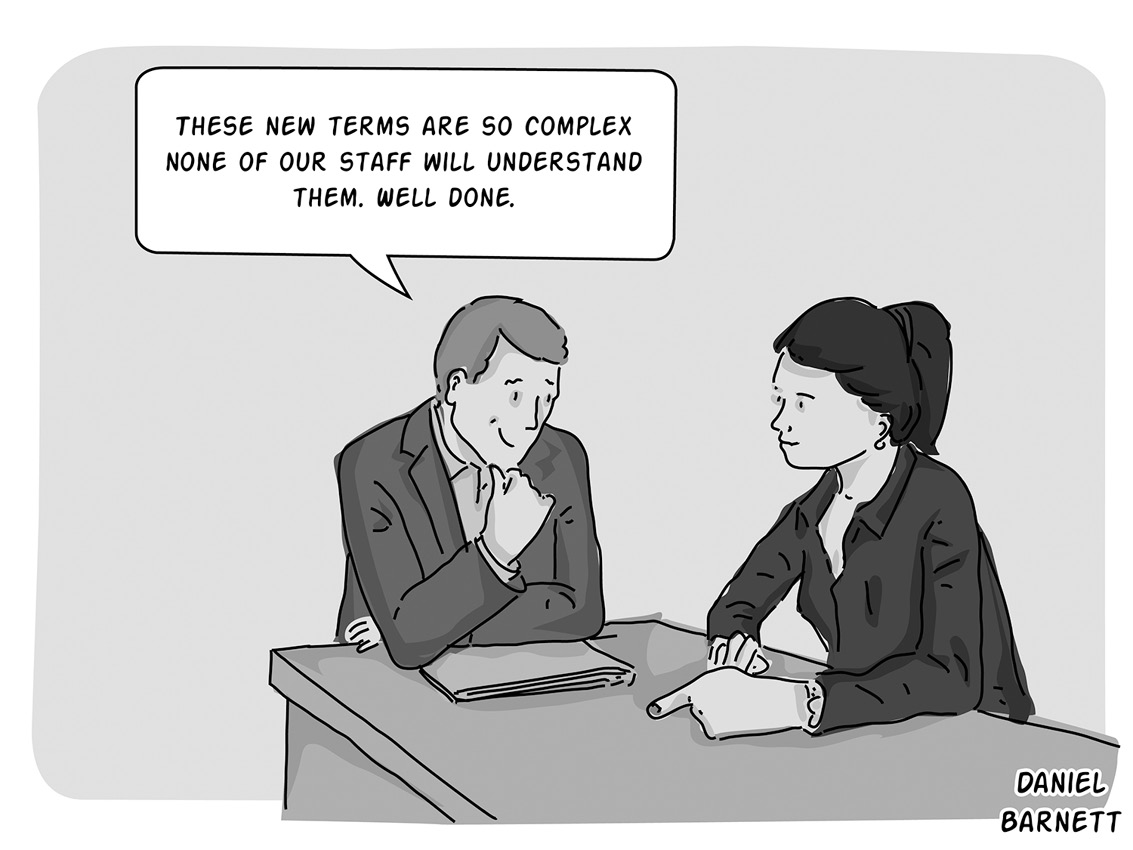
CHAPTER 2
When one of you changes your mind
M aking a job offer alters the relationship between your organisation and the candidate. You begin to become invested in one another.
Next page
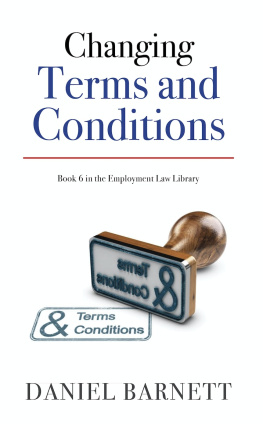




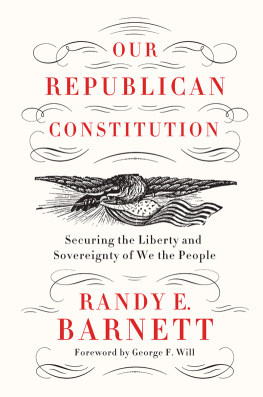


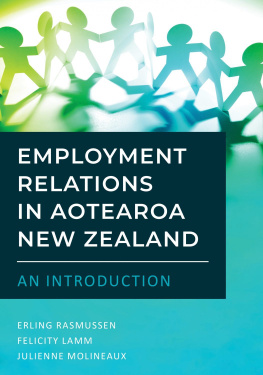
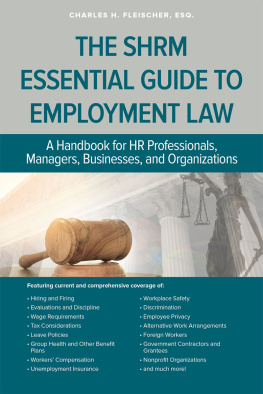
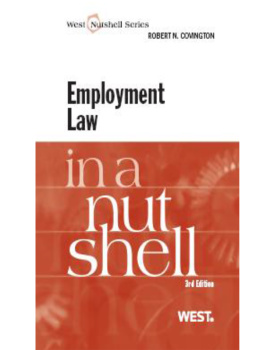

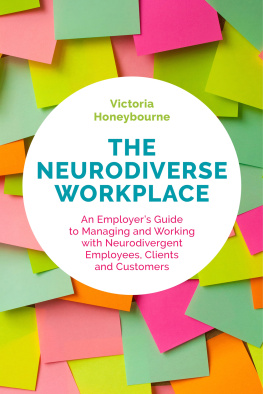

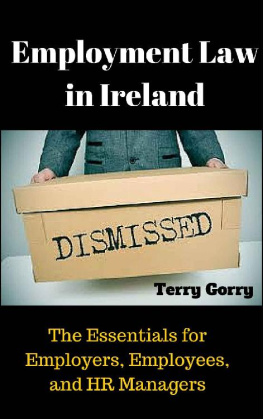
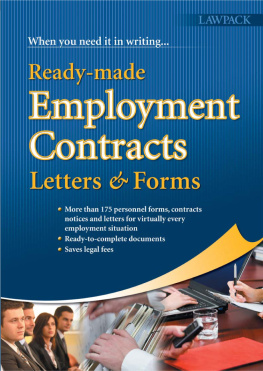
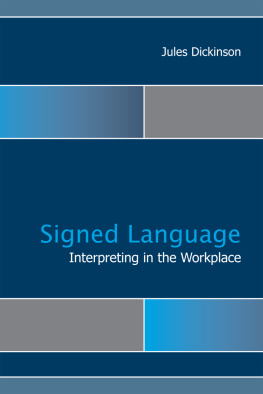


 Daniel Barnett is a leading employment law barrister practising from Outer Temple Chambers.
Daniel Barnett is a leading employment law barrister practising from Outer Temple Chambers.